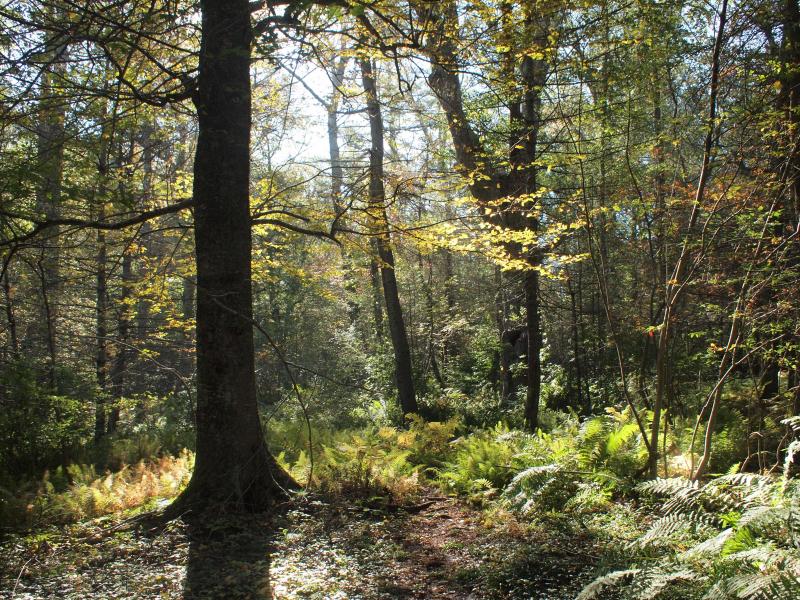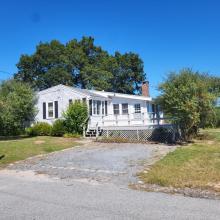Introduction to Exploration
The first time I get lost during my year with Wareham Land Trust, I am not in Wareham at all. I might be in Dartmouth, or Westport. I’m not sure: I’m lost. I am on a dirt road that’s beginning to seem less like a road, and I’m weaving to avoid potholes of unknown depth that are filled with muddy water. I still hit them; my dog, who is bouncing along in the passenger seat, fixes me with a baleful gaze.
I have to admit my bias: I am from western Massachusetts, and because I knew south coast was more densely populated than my home hills, I thought, somewhat paradoxically, that this would mean I wouldn’t get lost, would not end up on back roads of questionable quality. South coast sure showed me.
The second and third times I get lost, I am in Wareham. I wheel around long, misshapen blocks, looking for a conservation area I eventually realize cannot be accessed from the road at all. I wander through Minot Forest as the sun sets, turning myself around completely in a rabbit’s warren of trails and wondering if I’ll find the car before the dark overtakes me. I eventually find the car in the haze of twilight, but I find something else as well: a renewed appreciation for Wareham’s natural areas, for their ability to stymie and surprise me.
To those of you who have known Wareham and Massachusetts’s south coast for longer than I, everything I’ve said may seem obvious, even silly. Yet to a newcomer, Wareham and its conservation areas offer surprises around every corner. And as I begin to delve into them—into the history, ecology, and community that make up this place—I can’t help but feel that some of this might be surprising even to those without my newcomer’s eyes.
That is what this column is, then: a look at Wareham’s landscape from all angles and in all seasons. It’s appropriate, I think, that we begin in the fall, when the leaves drop and we have an unobstructed view of the shape of the land itself. This region’s landscape shows significant evidence of the Wisconsinan glaciation, and much of Wareham itself sits on outwash plain. Called the Wareham-Carver outwash plain, this landscape developed from sediments that flowed out of the glacier as it melted. Kettle ponds, such as Charge Pond, formed when blocks of ice buried in the sediment eventually melted. Wareham also sits on glacial till, which means some of the soils here were deposited by the glacier as it advanced, rather than as it melted.
Wareham’s soils are not just evidence of its glacial history; they are also relevant to our present landscape. Some kettle ponds filled with organic matter and became bogs which would be eventually used for cranberry production. The sandy, silty soils deposited provide support for Wareham’s fields and forests. And all those parts of the landscape combine in Wareham’s unique history, which builds up to the community Wareham is today.
Through this monthly column, I’ll be working with Wareham Land Trust’s board members and volunteers to look at different aspects of Wareham: the natural environment, local history, current conservation efforts. We will be learning, not just about the town of Wareham, but also about this region, as we follow potholed dirt roads and winding forest trails wherever they may lead. Join us for the exploration.











